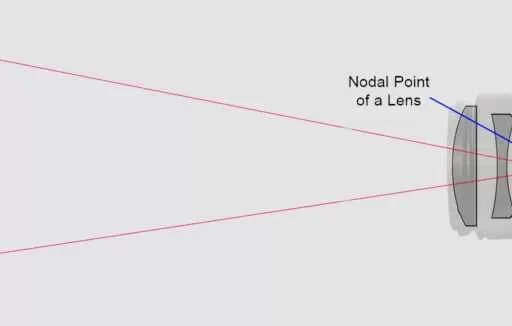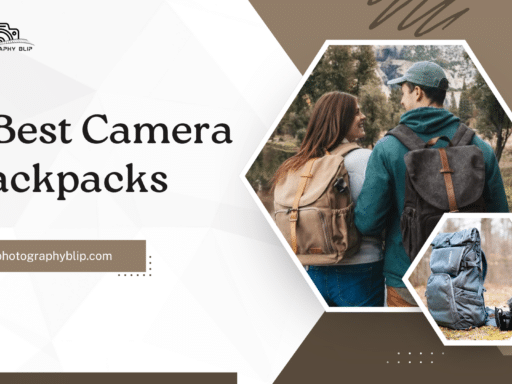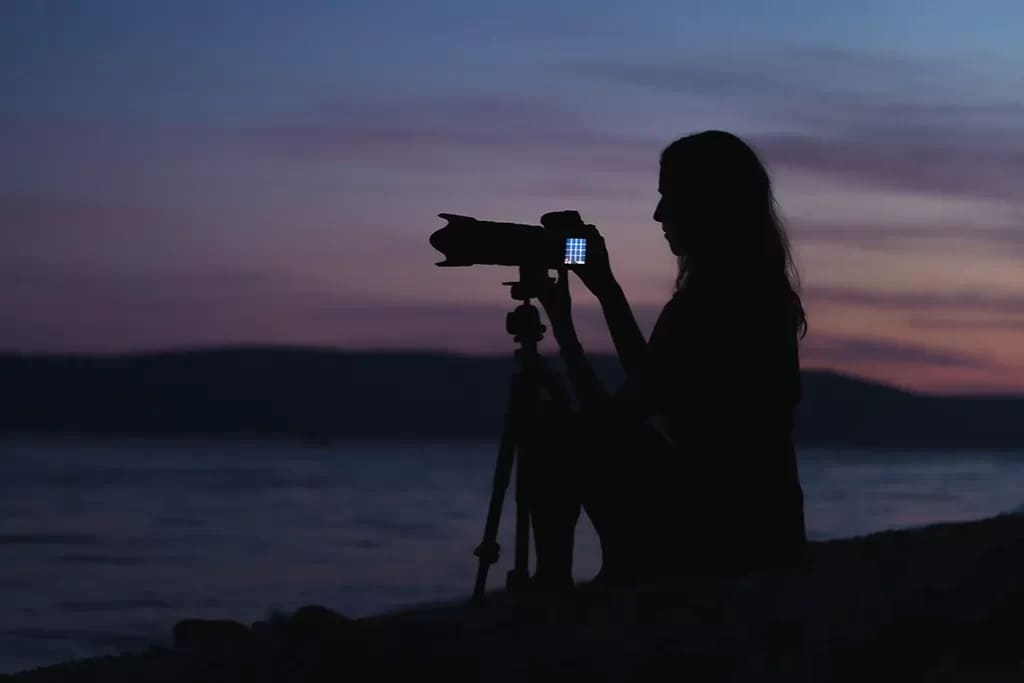
The world of photography has evolved with the trend of astro imaging or simply astrophotography. Have you heard that the sky is just the limit? Well, that’s true in this case, as photographers now indulge themselves in the practice of recording the majestic skies and generating beautiful imagery of the mighty cosmos. However, the devices needed to capture the planets, stars, and galaxies fall beyond the ordinary models that capture bird photography or those used for landscape. To shoot breathtaking planetary images, you need to get your hands on the best camera for astrophotography, which has cutting-edge technology that gives you crisp images. So, in this article guide, we have tried to cover the nuances and intricacies of top-rated cameras of 2024 so you can effectively capture the night sky.
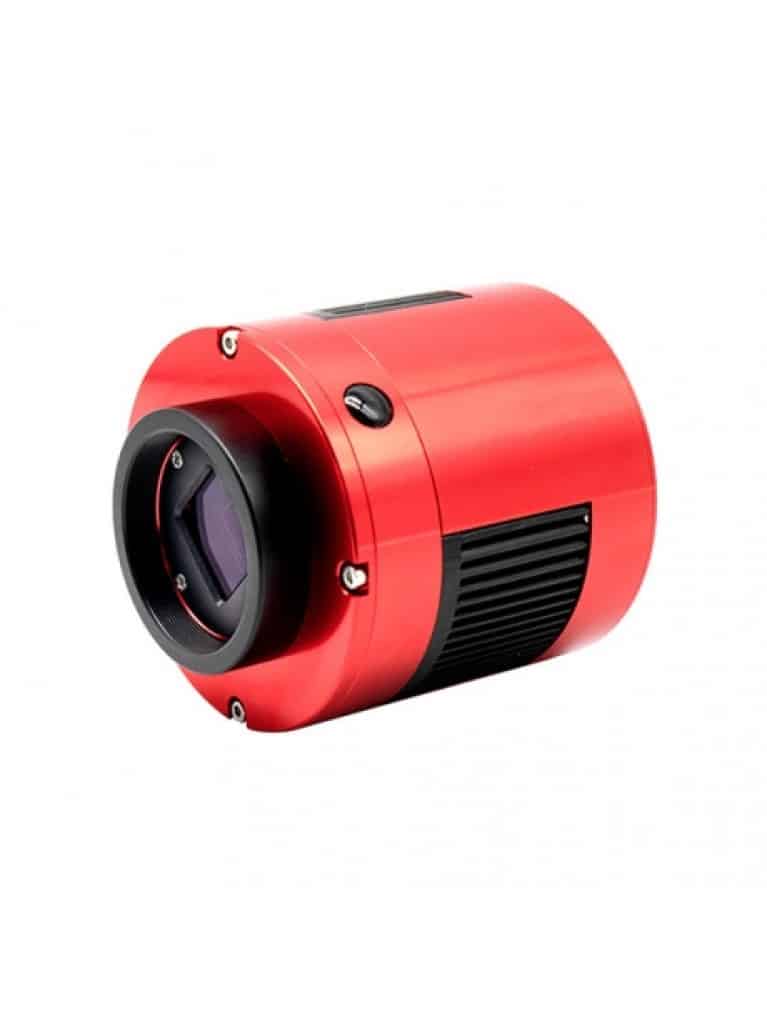
1. ZWO ASI533MC Pro Best Camera for Astrophotography
Is your quest for the best astrophotography camera hindered by the jargon about camera sensors, pixels, etc.? Don’t worry—we have got you covered. ZWO is here for your service with filter wheel options and a top-color camera.
Explanation
Among dedicated astronomy cameras, the ZWO ASI533MC Pro works exceptionally well at photographing deep sky objects. With its low noise and high sensitivity CMOS sensor, this camera is ideal for astro imaging, especially for photographing dull celestial objects like galaxies and nebulae. These aspects are enough to render it best among the plethora of astro-imaging cameras.
Astrophotography fans love it for its ability to create sharp shots even in low light. On the other hand, users can discover that more software is required for thorough image processing. Additionally, the ZWO ASI533MC Pro uses a color sensor, just like other color cameras, instead of a monochrome camera, allowing it to capture a variety of planetary images and night sky scenarios.
Key Features
- CMOS sensor with high sensitivity
- low-noise operation
- Ideal for astrophotography of the deep sky
Pros
- Outstanding ability to capture faint objects
- Clear photos are possible with little noise.
Cons
- Additional software is needed for image processing.
- Limited flexibility for photographs other than astronomy.
- Let me tell you that it is also the best camera with a telescope.
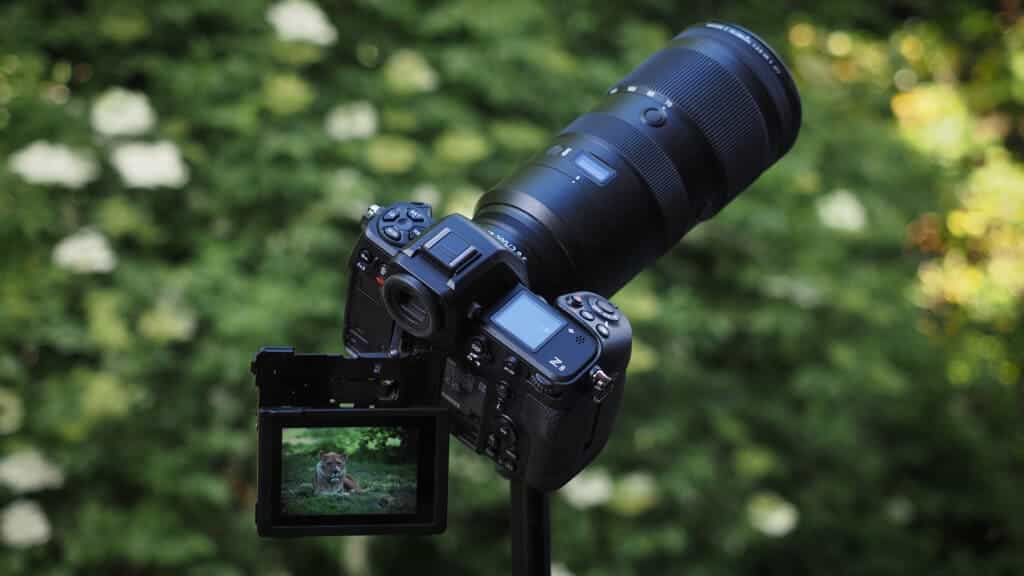
2. Nikon Z8
Photography lovers know the value of the Nikon series due to its mirrorless technology in relation to DSLR cameras. So, here we are with another hero and one of the best cameras for astrophotography. Let’s have a look at the Z8 beauty.
Explanation
The ultimate mirrorless camera from Nikon, the Z8, is made to satisfy the most exacting needs of those who like astrophotography. With its high-resolution sensor and sophisticated picture processing tools, the Z8 is an excellent choice for capturing fine details of celestial objects in breathtaking clarity.
It is an essential tool for astro imaging because of its exceptional low-light capabilities, which guarantees that even the tiniest stars and nebulae are portrayed with accuracy. So, we can say that this Astro camera is what you need for your next photography session. The durable build and ergonomic design also improve usability in demanding outdoor environments. Prospective buyers should be aware of its high cost and the perhaps small number of lenses designed specifically for astrophotography.
Key Features of Best Camera for Astrophotography
- Superior quality sensor
- sophisticated image manipulation
- Excellent performance in low light
Pros
- Superior quality for intricate pictures
- sophisticated focusing mechanism
Cons
- More costly than alternative solutions
- Limited options for astrophotography lenses
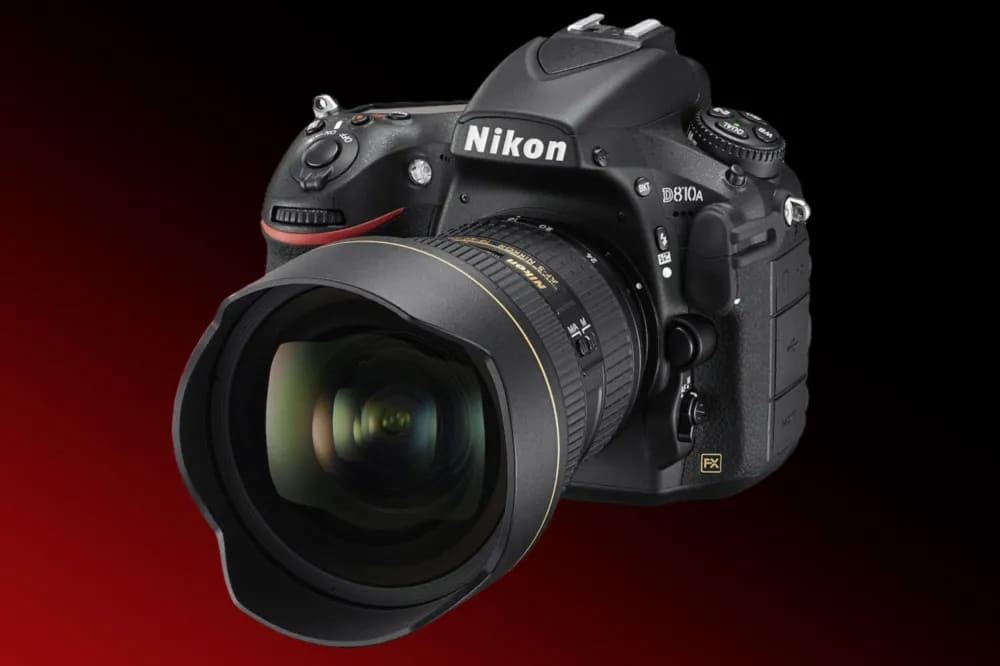
3. Best Camera for Astrophotography Nikon Z6 II
Niko never disappoints its customers by delivering nothing but excellence. Nikon Z6 II is an example of its long exposure capabilities.
Explanation
The Nikon Z6 II is positioned as a flexible all-around performer that offers astrophotography enthusiasts a good compromise between resolution and low-light performance. Its modest resolution sensor and enhanced low-light capabilities enable it to capture subtle phenomena and detailed astronomical objects with remarkable clarity. Its two card slots offer enough storage for prolonged shooting sessions and its sturdy construction guarantees dependability in a range of weather scenarios.
Users should be mindful of the restricted variety of native lenses specialized for astrophotography and its comparatively lesser resolution when compared to some rivals. Moreover, long exposure times are required to capture faint objects in the night sky.
Key Features
- Fair resolution
- enhanced performance in low-light
- Two card slots for longer-range shooting
Pros
- Effective in low light
- Quick and precise autofocusing
Cons
- Not as sharp as some competitors’ resolution
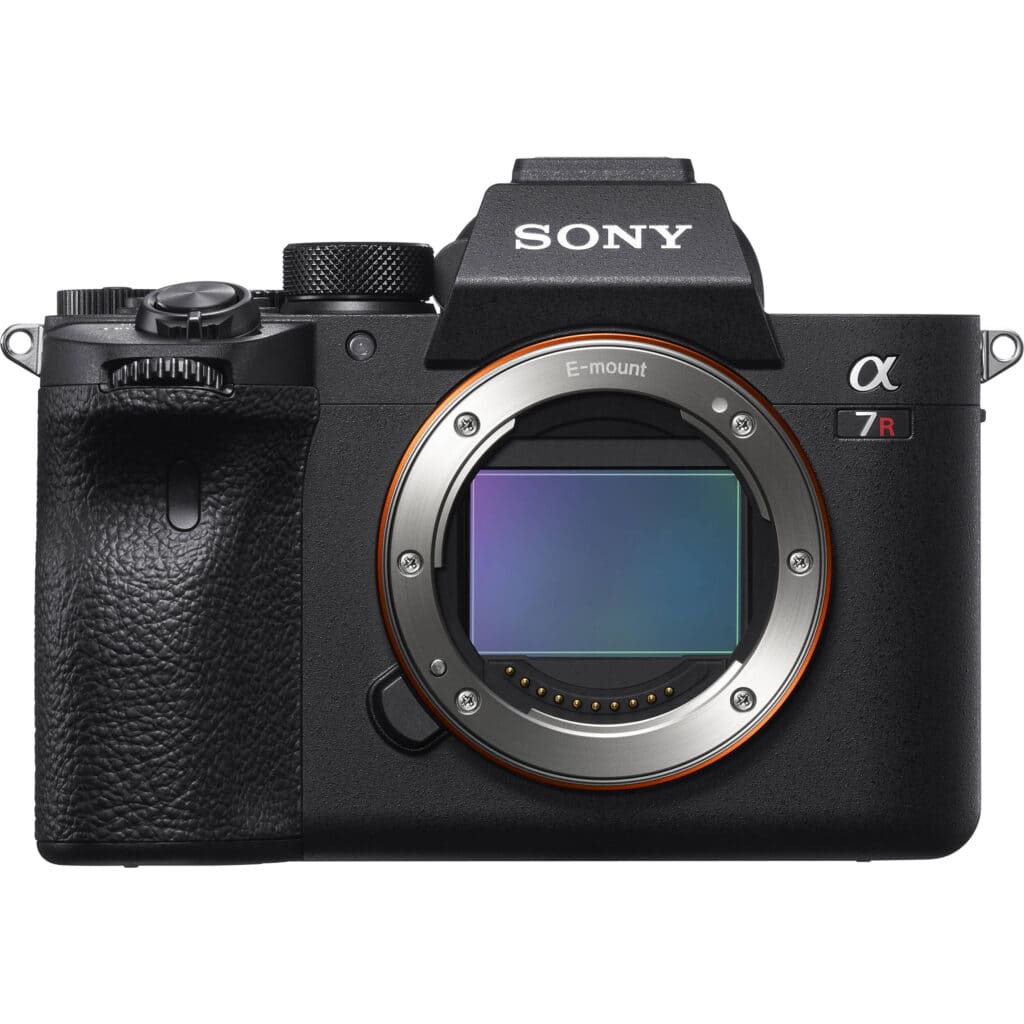
4. Sony A7R IVA
While the Sony series offers mirrorless cameras, certain models can also be used as telescope cameras. Here, we are talking about the A7R IVA, a timeless beauty for capturing night skies.
Explanation
Limited native lens options for astrophotography. Prominent for its high-resolution sensor and remarkable low-light capabilities, the Sony A7R IVA is a formidable competitor for aficionados of astrophotography who want unwavering image quality. The camera’s remarkable resolution makes it possible to capture minute details in astronomical objects, and its exceptional low-light sensitivity guarantees accurate reproduction of extremely faint stars and nebulae.
The camera’s quick and precise autofocus system adds even more functionality, making tracking and composition of astronomical subjects a breeze. Prospective purchasers should, however, take into account its high price point and the fairly small number of native lenses designed for astrophotography. In addition, the filter wheel allows for more accurate exposure time adjustments and an improved field of view.
Key Features of Best Camera for Astrophotography
- Superior quality sensor
- Outstanding performance in low light
- Quick autofocus mechanism
Pros
- Superior quality for intricate pictures
- Outstanding dynamic range
Cons
- Rather expensive
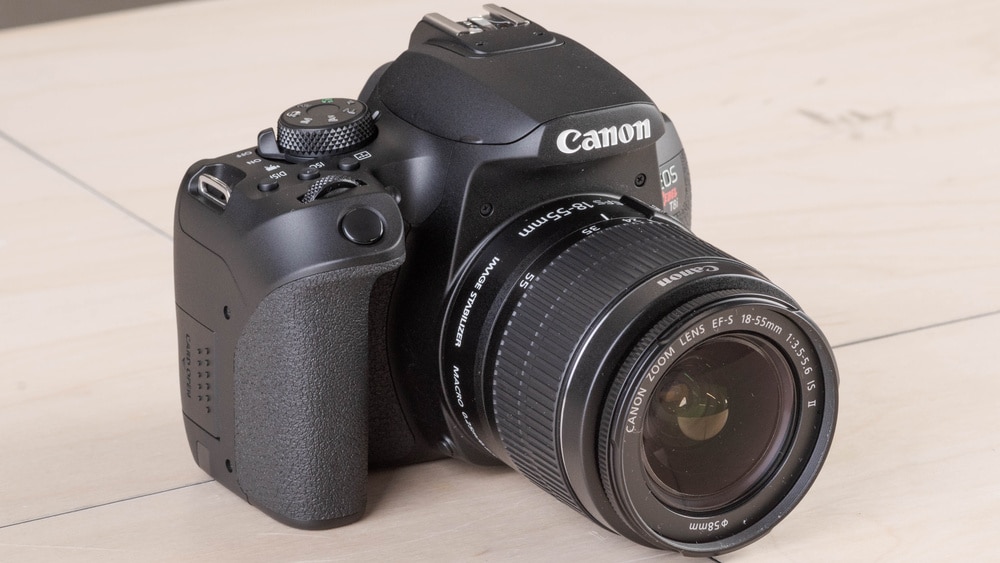
5. Canon EOS T8i Best Camera for Astrophotography
I think Canon is everyone’s talk since even the novices know about this camera company and the excellent models they manufacture. With a maximum of 1/4000 shutter speed, this type of camera can be your ideal photography partner.
Explanation
While it is intended for novices, the Canon EOS T8i, when combined with appropriate lenses and accessories, provides reasonable astrophotography performance. Its affordable, user-friendly UI and respectable low-light capabilities make it a suitable starting point for anybody wishing to experiment with astrophotography. Users have many alternatives when it comes to recording celestial events thanks to compatibility with Canon’s large selection of EF and EF-S lenses.
However, its lack of advanced capabilities and relatively lower resolution sensor can make it less appealing to more seasoned astrophotographers. Deep-sky objects and planetary images can be captured using DSLR cameras such as the Canon EOS T8i. However, we can say that it is a great astrophotography camera.
Key Features
- UI that is easy for beginners to use
- Good performance in dim light
- Fits both Canon EF and EF-S lens models
Pros
- A cheap entrance point for astronomy
- A large assortment of suitable lenses
Cons
- Fewer cutting-edge features than in more expensive models
- Reduced sensor resolution
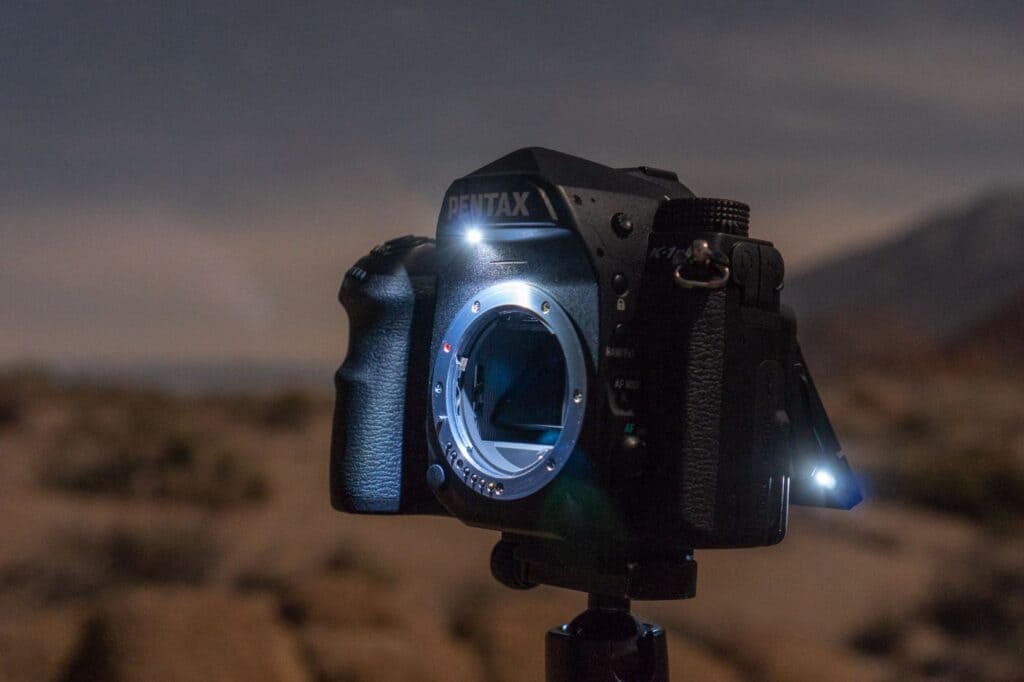
6. Pentax K-1 II
Are you looking for an astronomy camera with Astro tracer features? Let’s have a look at Pentax series.
Explanation
One of the Pentax K-1 II’s distinctive features is its Astro tracer function, which corrects for Earth’s rotation during long exposures to provide crisp photographs of galaxies and stars. For astrophotography admirers, this feature—along with its high-resolution sensor and weather-sealed construction, makes it an appealing choice. Its easy-to-use controls make it easier to use in the field, and its sturdy construction guarantees endurance in harsh outdoor settings.
Its perhaps slower autofocus system and a smaller assortment of lenses compared to other brands should be noted by users. Additionally, cooling systems could be required to minimize camera noise and lower shutter speeds during long exposures.
Key Features
- Astro tracer function
- Superior quality sensor
- weather-tight building
Pros
- Star trails are removed with the Astro tracer feature.
- Weatherproof body designed for outdoor application
Cons
- Limited selection of lenses compared with other brands
- A system with a slower autofocus.
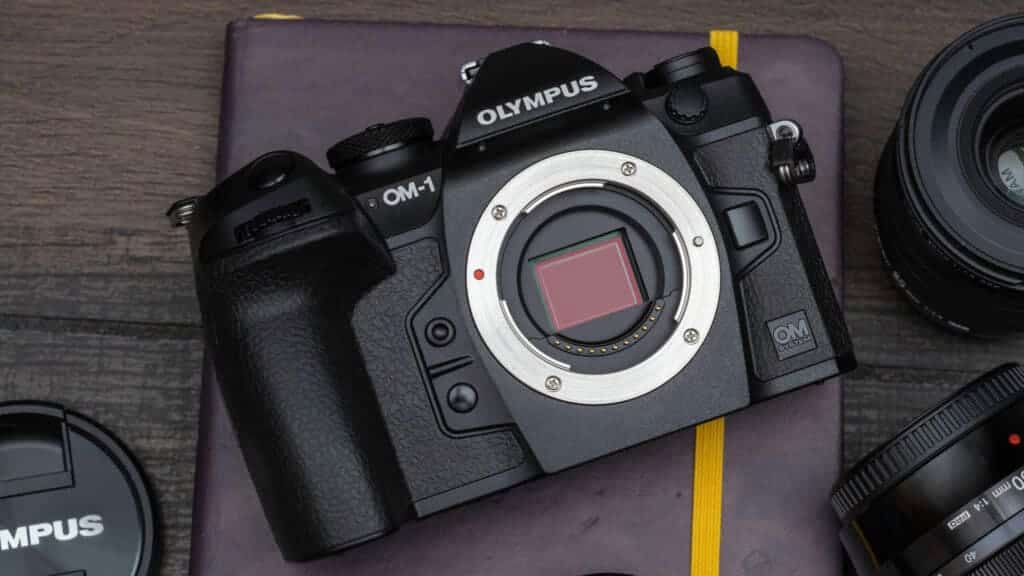
7. OM System OM-1
Explanation
The OM-1 from OM System, formerly known as Olympus, is a high-resolution sensor camera with superior image stabilization that is ideal for crisp and clear astrophotography shots. Its cutting-edge picture stabilization technology increases adaptability in a range of shooting circumstances by enabling handheld photographing of astronomical objects with little to no blur. Because of its sturdy construction and high-resolution sensor, the OM-1 produces images with remarkable quality despite its small size and lightweight.
However, the reduced sensor size compared to full-frame competitors could affect image quality in low light. Users may find the range of native lenses fairly limited. Furthermore, for optimal sensor performance, some cameras require periodic cooling systems.
Key Features
- Sophisticated image stabilization
- Superior quality sensor
- Compact and lightweight design
Pros
- Superior image stabilization for portable astrophotography
- For portability, be small and light.
Cons
- A small range of native lens options
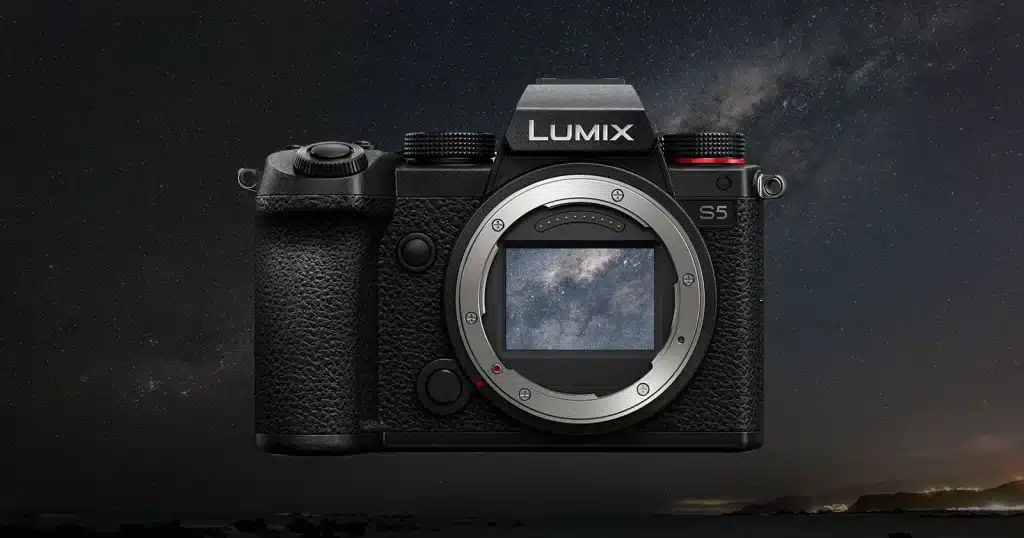
8. Panasonic Lumix S5 Best Camera for Astrophotography
Explanation
The Panasonic Lumix S5’s high-sensitivity sensor and sophisticated video recording features make it an ideal choice for enthusiasts of both astrophotography and videography. A useful tool for astrophotography aficionados, the Lumix S5 can record magnificent night sky scenes and planetary visuals in high resolution. Its restricted compatibility with third-party accessories and smaller lens ecosystem in comparison to other brands, however, can be disadvantages for certain users. Furthermore, stable images during handheld long exposure photographs are guaranteed by its dual image stabilization system.
Key Features
- High-sensitivity sensor capable of 4K video capture
- Two-way image stabilization
Pros
- Outstanding performance in low light
- Capabilities to record videos in high-quality
Cons
- Smaller ecosystem of lenses than that of other companies
- Limited interoperability with external accessories
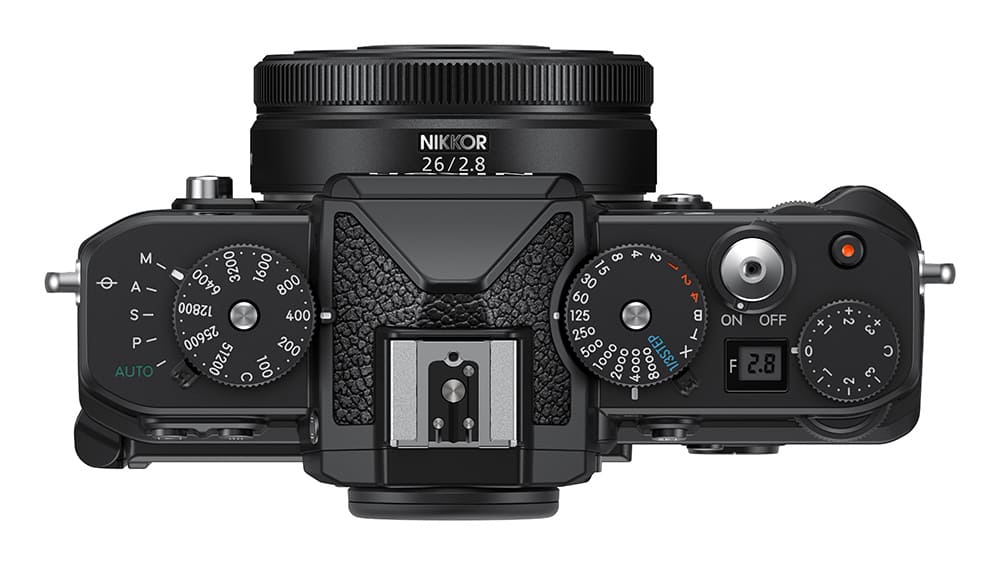
9. Nikon Zf
Explanation
For astrophotography enthusiasts, the Nikon Zf offers outstanding image quality and low-light performance by fusing current technology with a timeless design. Traditional photographers are drawn to its classic style, and its sophisticated autofocus system and high-resolution sensor produce incredibly clean and clear images.
The Zf gives photographers a dependable tool for producing breathtaking astrophotography photographs, even with its high price tag. Potential customers should be advised of the Z-mount system’s constrained lens choices and greater price when compared to certain rivals. Furthermore, some astrophotographers choose monochrome cameras because they can catch more detail in deep-sky objects.
Key Features
- Traditional style
- Superior quality sensor
- Sophisticated focusing mechanism
Pros
- Traditional photographers are drawn to classic design.
- Superior quality sensor for finely detailed pictures
Cons
- The Z-mount system’s limited variety of lenses
- Greater cost in comparison to competitors
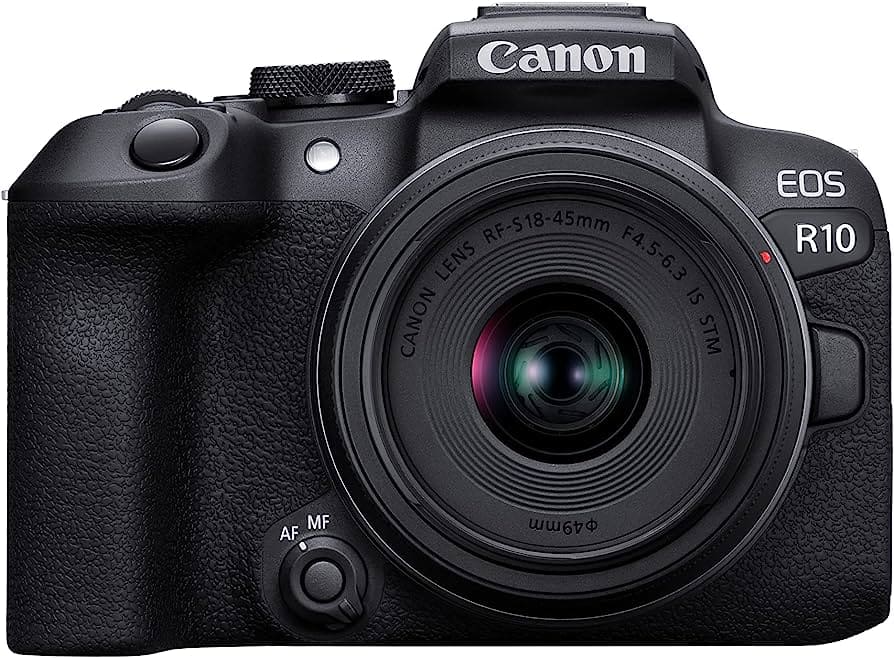
10. Canon EOS R10 Best Camera for Astrophotography
Explanation
The Canon EOS R10 is expected to be a powerful mirrorless camera geared for astrophotography enthusiasts. With its specific astrophotography settings, high-resolution sensor, and sophisticated image processing power, the EOS R10 will provide outstanding results when it comes to photographing celestial phenomena. Its compatibility with Canon’s RF lenses further enhances its adaptability and creative capabilities.
However, potential customers should consider things like availability and pricing before making a purchase of this telescope camera. Additionally, the EOS R10 might provide filter wheel options specifically designed to improve exposure time adjustments and camera sensor performance under various lighting conditions, meeting the varied needs of astrophotographers. Furthermore, the EOS R10’s planned specific astrophotography settings will simplify the shooting procedure and make it simple for consumers to take breathtaking celestial photos.
Key Features
- Superior quality sensor
- Sophisticated image stabilization
- Specific modes for astrophotography
Pros
- Enhanced features designed especially for astrophotography
- Suitable for use with Canon RF lenses
Cons
- Might be expensive
However, if you want to explore cameras that are ideal for Milky Way photography, check out this article. Trust me, you won’t regret it.
Conclusion
Summing up, the article covered 10 of the top-tier cameras intended for Astro imaging. If you are such a person who loves to capture the nighttime skies with clarity and crisp images, I think you might find your perfect pick in the above-mentioned cameras. Without any further ado, get your hands on any of these cameras and enjoy.




